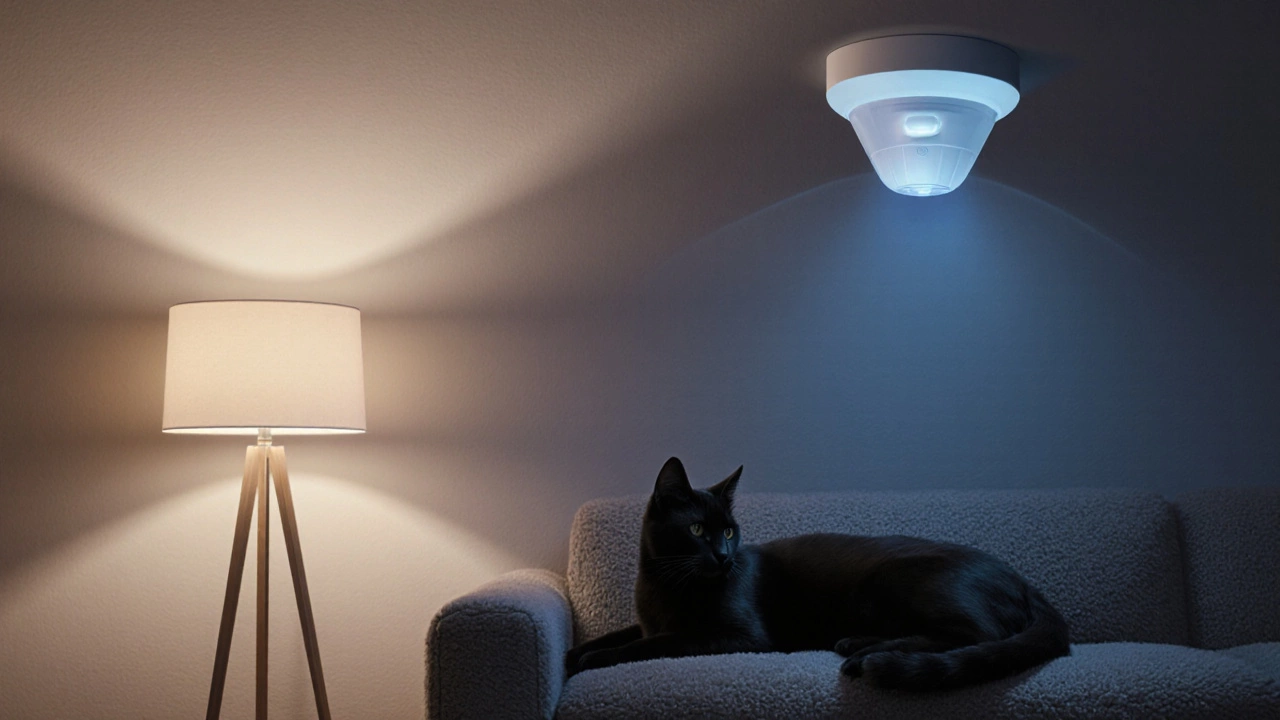When dealing with Passive Infrared Sensors, devices that detect heat changes from moving objects and trigger an alarm or recording. Also known as PIR sensors, they are a staple in most home and commercial security setups because they’re cheap and easy to install. However, passive infrared sensor drawbacks can turn a reliable guard into a source of false alerts, blind spots, or even missed intrusions. Understanding these limits helps you decide when a PIR is the right choice and when you need a backup.
One of the biggest motion sensors, including PIR, microwave and ultrasonic types that many installers overlook is the need for a clear line of sight. A PIR sensor requires an unobstructed view of the target area; furniture, curtains or even a pet can block the infrared beam and cause missed detections. This directly affects alarm system reliability because a compromised sensor may let a break‑in slip by while still logging the event as safe. Moreover, CCTV placement decisions often hinge on where PIRs are located – a camera aimed at a sensor’s blind spot defeats the purpose of both devices. In practice, you’ll see a cascade: poor sensor positioning leads to false alarms, which then erodes confidence in the overall alarm system and forces you to add extra cameras or switch to a dual‑tech sensor that combines infrared with microwave detection.
Mitigating these drawbacks starts with a solid design phase. Choose a sensor model with adjustable sensitivity and a built‑in pet‑immune setting if pets roam the protected zone. Pair the PIR with a secondary detection method – such as a microwave or ultrasonic sensor – to cover the blind spots that infrared alone can’t see. When installing CCTV, aim the lenses so they capture the sensor’s field of view, allowing you to verify whether a trigger was genuine. Finally, test the system regularly: walk through the detection area, check for heat‑absorbing objects, and tweak the angle or height of the sensor until you get consistent coverage. By treating the passive infrared sensor as one piece of a larger puzzle, you turn its inherent limits into manageable variables rather than deal‑breakers.

Explore the key drawbacks of PIR sensors in pet‑friendly alarm systems, from temperature sensitivity to false‑alarm triggers, and learn practical tips to mitigate them.